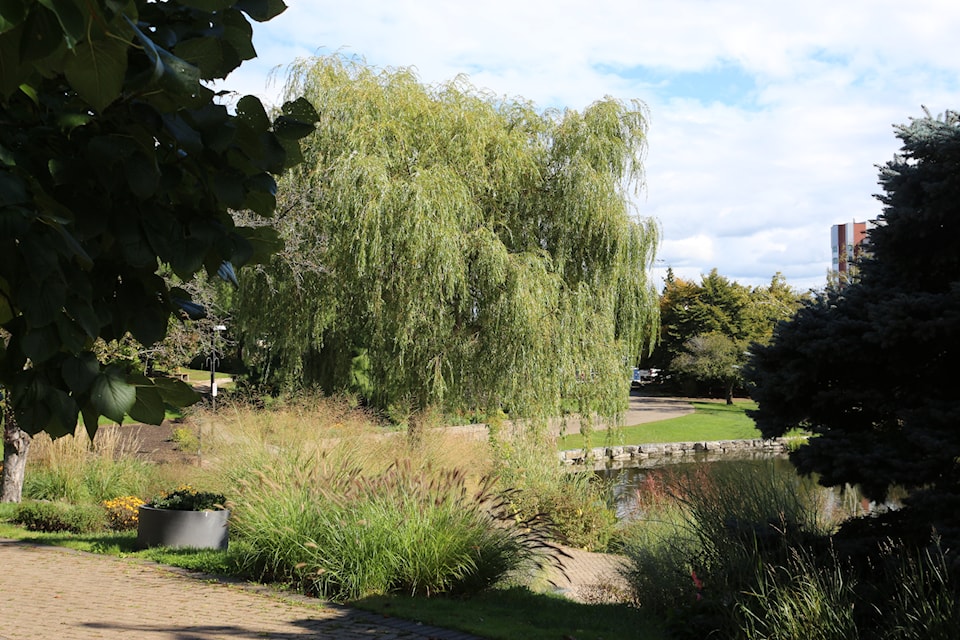Tish Tan is obviously passionate about native invasive flowers. It shows when she speaks about what she describes as under-represented flora that she wants people to know they can be used for a sun garden.
These gardens provide an environment where insects and birds can thrive, she said.
“You can attract butterflies and other species by the native plant you let bloom,” said Tan, who works at the Toronto and Region Conservation Authority.
She presented the Beautiful Native Workshop at the Urban Ecology Centre in the Arboretum on Oct. 8. This initiative fostered a hands-on approach for students, enabling them to appreciate the intrinsic value of native and non-native flora.
A selection of native plants for your garden will add a little diversity and bio alternative to your landscape, she said.
The great thing about the different forms of blooms is that they cater to diverse species, more tubular flowers attract hummingbirds and flowers that are open are great for butterflies to land on, Tan said.
Riya Pannu, who studies Police Foundations at Lakeshore but likes to visit the North campus, said she likes being near nature.
“I like to see how plants are living human beings like all of us,” Pannu said.
Pannu was among the 11 who attended each received three booklets called Greening Your Grounds, Invasive Plant Species and The Selection of Native Plants for Your Garden.
The Native Plants book said that despite their beauty and their practicality, the regions native’s plants remain a mystery to many residents and are underrepresented in gardens.
“Native plants and flowers will continue to grow, it won’t look the same by the next few years,” Tan said.
The Native Plants book by Toronto and Region Conservation Authority said the soil and climate of a region is in a large part of the plants and animals that exist there and are referred to as native to the area.
A selection of native plants for a garden will add a little diversity and bio alternative to the landscape, Tan said.
She said the great thing about the different forms of blooms is that they cater to diverse species, such as tubular flowers that attract hummingbirds, while flowers that open support butterflies.
Understanding the existing biodiversity in a lawn is vital in creating a low-maintenance environment through naturalization, Tan said.
The Greening Your Grounds resource book suggests naturalization creates dynamic and natural landscapes by reducing lawn area and planting more trees, scrubs and flowers.
There are so many types of flowers that come in an array of forms that will enhance a garden and make animal life come return, Tan said.
Incorporating different forms and shapes into a garden design ultimately opens more possibilities for different species to use the garden, Tan said.
The Guide to Invasive Plants to Species suggests gardeners properly identify and manage invasive plants on their properties and compost yard waste.



